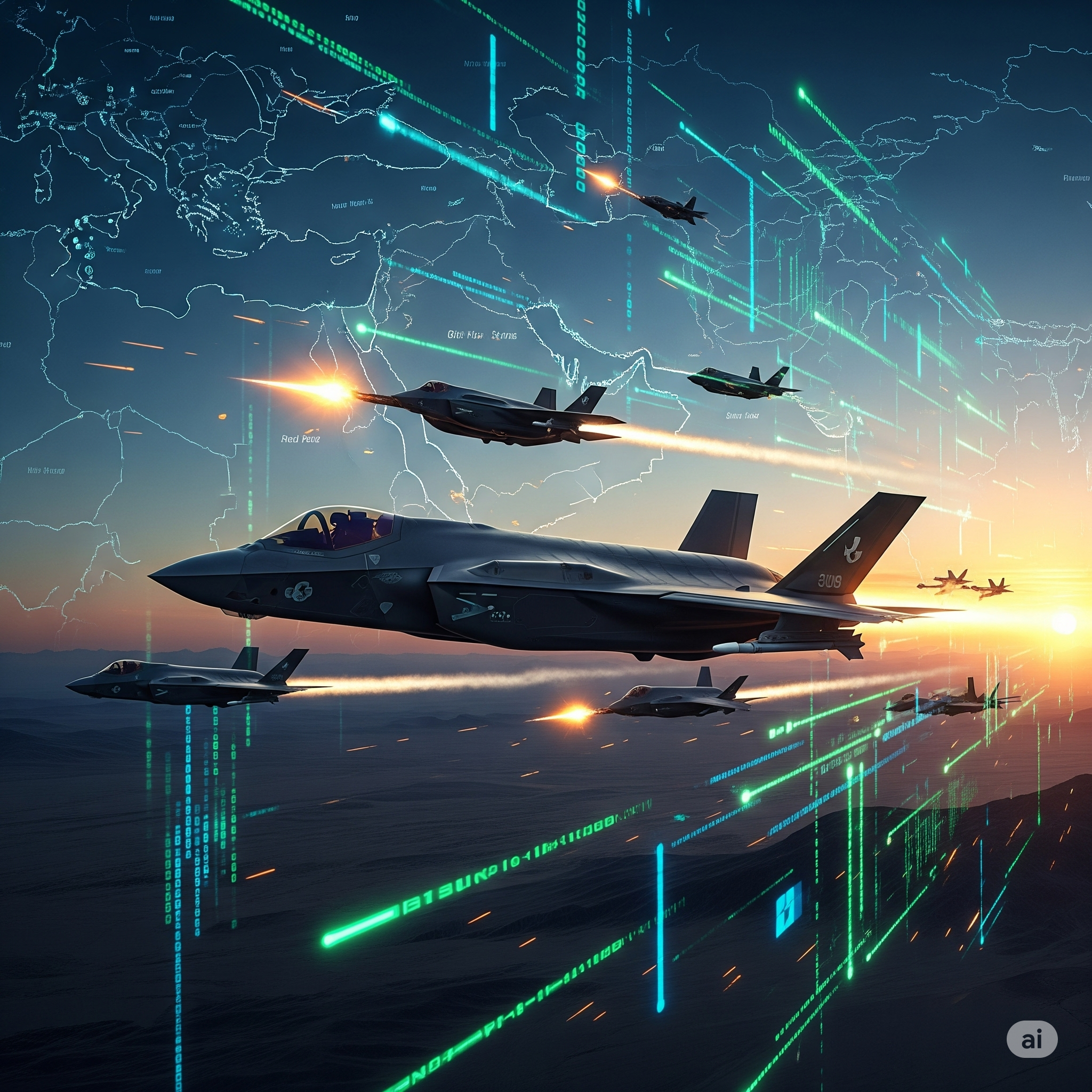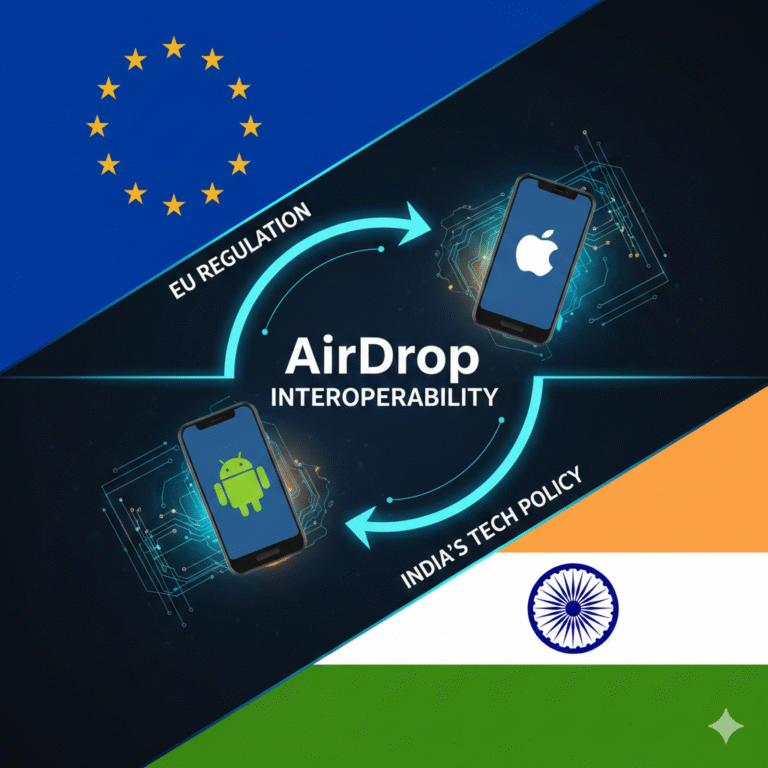✅ Quick Summary:
- U.S. strikes on Iranian-backed proxies have escalated tensions across the Middle East
- Iran is likely to retaliate via asymmetric warfare, cyberattacks, or maritime disruptions
- Global oil markets and supply chains are at heightened risk
- Regional powers like Israel and Gulf States face renewed strategic dilemmas
- India remains energy-vulnerable and must manage relations with both Iran and the U.S.
- Cyberwarfare and hybrid threats may define the next phase of this conflict
A Tipping Point in U.S.–Iran Relations
The recent U.S. military strikes on Iranian-linked targets across Syria, Iraq, and Yemen have re-ignited fears of full-scale confrontation in West Asia. While the bombings may appear to be calibrated responses to Iranian provocations, they reflect a broader strategic shift. This is not just about missiles or air raids. The long-term consequences touch global energy markets, regional power balances, cyber warfare, and even the trajectory of global diplomacy.
This essay dissects the multiple dimensions of the post-strike scenario—from proxy escalation and maritime insecurity to diplomatic fallout and the new era of hybrid warfare. Understanding these layers is key to recognizing why this conflict goes well beyond conventional warfare.
1. Background: What Triggered the U.S. Strikes?
The most recent round of strikes by the United States was reportedly in retaliation for attacks by Iranian-backed militias that injured or killed American personnel stationed in the Middle East. These retaliatory strikes targeted:
- Command and control centers used by Iranian proxies
- Weapon storage depots and drone launch pads
- IRGC (Islamic Revolutionary Guard Corps)-linked sites
While framed as defensive countermeasures, these actions came amid rising tensions over:
- The war in Gaza
- Attacks on Red Sea shipping by the Houthis
- Increasing Iranian support to regional non-state actors
2. Iran’s Strategic Web: The Logic of Proxies
Iran has long relied on a network of non-state actors across the region to project influence and deter its adversaries without engaging in direct combat.
2.1 Key Proxy Forces
- Hezbollah (Lebanon) – heavily armed and ideologically aligned with Iran
- Hashd al-Shaabi / PMF (Iraq) – influential Shia militia groups
- Houthis (Yemen) – rebels controlling large parts of the country
- Liwa Fatemiyoun (Afghanistan-Syria) – deployed in Syria to support the Assad regime
These groups serve as force multipliers, allowing Iran to operate in a decentralized, deniable, and low-cost manner—thus maintaining strategic ambiguity while applying continuous pressure on adversaries.
3. What’s at Stake for the United States?
3.1 American Troops and Military Assets
There are over 50,000 U.S. military personnel deployed in the Middle East, stationed in critical bases across:
- Iraq (Ain al-Asad Air Base)
- Qatar (Al Udeid)
- Bahrain (5th Fleet headquarters)
- Kuwait and UAE
These assets are at risk of asymmetric attacks by drones, rockets, and cyber intrusions, especially from IRGC-backed militias.
3.2 Red Sea and Hormuz: Chokepoints at Risk
- The Red Sea is vital for maritime trade and energy routes; Houthi threats could push shipping companies to reroute via South Africa’s Cape of Good Hope, drastically increasing costs and delays.
- The Strait of Hormuz, through which 20% of global oil flows, remains highly vulnerable to Iranian naval disruptions or mining operations.
3.3 Global Oil Markets and Economic Fallout
Oil prices are highly sensitive to Middle East instability. Disruptions can cause Brent crude to jump above $100/barrel, resulting in:
- Global fuel inflation
- Higher transport and supply chain costs
- Increased central bank interest rates due to inflationary pressure
4. Regional Dominoes: Who Else Gets Pulled In?
4.1 Israel: Strategic Partner, High Stakes
Israel views Iran as an existential threat. If U.S.–Iran tensions escalate:
- Israel may launch pre-emptive strikes on Iran’s nuclear facilities
- Iranian proxies like Hezbollah may retaliate by firing missiles into northern Israel
- The broader Gaza war could widen, drawing in Lebanon and Syria
4.2 Gulf States: Nervous Neighbours
Countries like Saudi Arabia and the UAE have cautiously normalized ties with Iran in recent months. But a U.S.–Iran escalation could:
- Jeopardize economic diversification plans like Saudi Vision 2030
- Reignite oil infrastructure attacks, as seen in the 2019 Aramco drone strikes
Gulf nations may be forced into the uncomfortable role of balancing ties with the U.S. while containing Iranian backlash.
5. India’s Tightrope: Strategic Caution in Action
5.1 Energy Vulnerability
India imports over 60% of its oil from the Gulf, much of it via the Strait of Hormuz. Any disruption would:
- Increase fuel and LPG prices
- Worsen the current account deficit
- Raise inflation, impacting monetary policy and public subsidies
5.2 Diplomatic Non-Alignment
India will likely maintain strategic neutrality:
- Continue limited cooperation with Iran (e.g., Chabahar Port, INSTC)
- Preserve defense and economic ties with the U.S.
- Strengthen naval deployments in the Indian Ocean to protect shipping lanes
India’s “multi-alignment doctrine” demands navigating this crisis with extreme care.
6. The Cyber Dimension: War Without Frontlines

Cyberwarfare is increasingly central to modern conflict. Iran possesses sophisticated cyber capabilities, including:
- Attacks on U.S. energy grids
- Disruption of financial institutions
- Targeted ransomware on strategic infrastructure
In turn, the U.S. and Israel have historically used:
- Stuxnet-like cyberweapons to sabotage Iran’s nuclear centrifuges
- Satellite-based intelligence for targeting and surveillance
- AI-powered misinformation detection tools
Expect cyber skirmishes to intensify, even if kinetic warfare de-escalates.
7. A Broader Strategic Shift: The End of American Restraint?
In previous decades, U.S. presidents have often avoided deep entanglements in the Middle East. However, with:
- A fractured JCPOA (nuclear deal)
- Emboldened Iranian proxies
- Increased pressure from allies (Israel, Gulf)
…the U.S. appears more willing to project military force again, at least in limited scope.
This shift has implications for:
- NATO alignment in West Asia
- China’s Belt and Road interests in Iran
- The viability of future arms control agreements
8. Is De-escalation Still Possible?
Despite recent hostilities, diplomacy may still succeed—if backed by:
- European mediation (e.g., France, Switzerland)
- Bilateral backchannel talks via Oman or Qatar
- Strategic restraint by proxy actors like Hezbollah and the Houthis
However, such efforts will fail without:
- A new nuclear deal framework
- Assurance of U.S. troop protection
- Clear red lines around maritime and cyber operations
Conclusion: The Real War May Be Hidden
The U.S. strikes on Iranian targets mark more than a tactical maneuver—they represent a strategic inflection point in global security. What lies ahead may not resemble traditional war zones filled with tanks and missiles. Instead, the true danger may play out in:
- Proxy insurgencies
- Cyber sabotage
- Economic coercion
- Strategic instability in global supply chains
As the world watches the visible bombs fall, the invisible wars—of influence, economy, and ideology—are already underway. Navigating this new terrain will require a careful blend of force, diplomacy, and technological readiness by all global powers, not just the U.S. and Iran.









+ There are no comments
Add yours